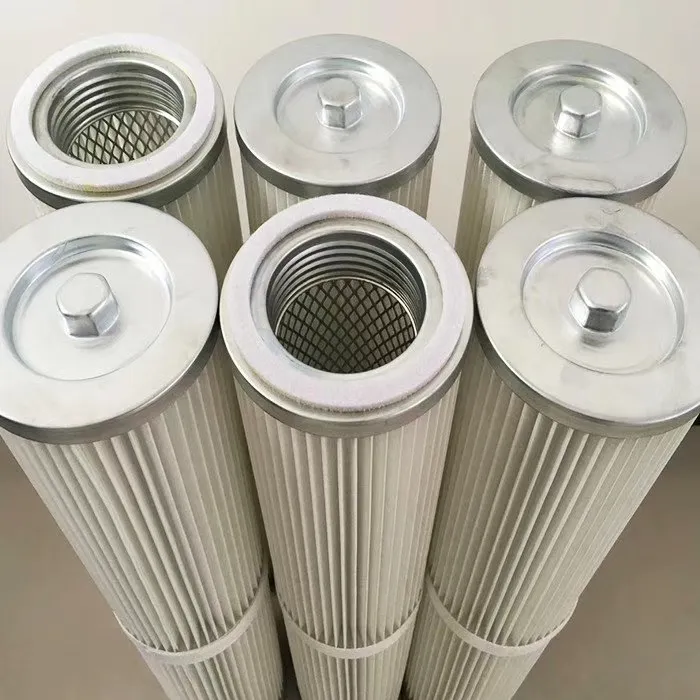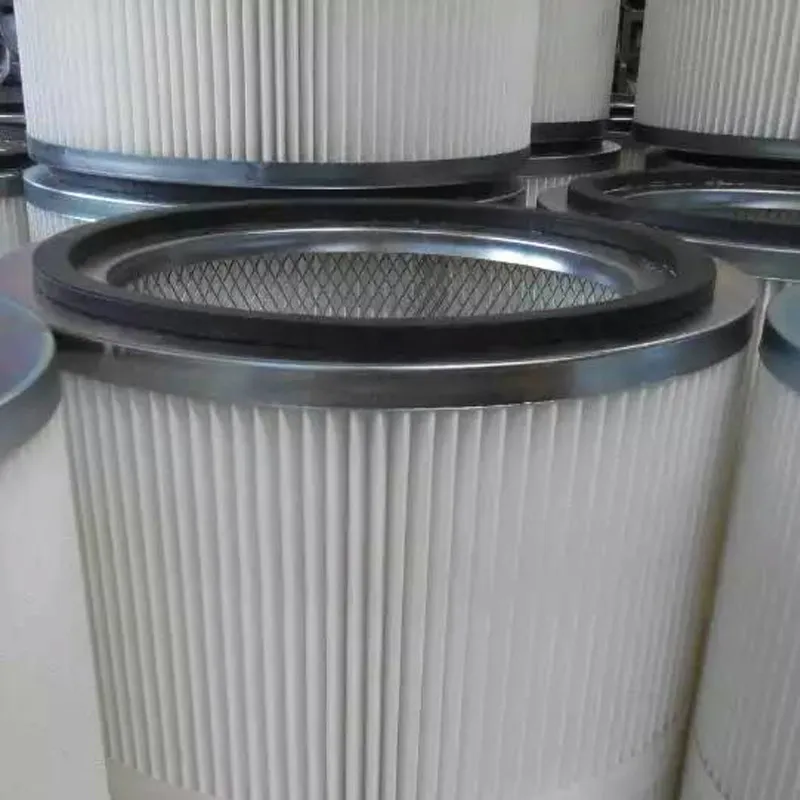 Tel:
+8618931101301
Tel:
+8618931101301
7 月 . 23, 2024 14:38 Back to list
Efficient Dust Filter Cartridge Solutions for Enhanced Air Quality and Equipment Protection in Industrial Settings
The Importance of Dust Filter Cartridges in Industrial Applications
In various industrial settings, dust and particulate matter are a common concern. The exposure to such contaminants can lead to serious health issues for workers and can contribute to equipment degradation. To combat these problems, dust filter cartridges have become an essential element in air filtration systems. This article delves into the significance of dust filter cartridges, their types, functionalities, and the benefits they provide in maintaining a safe and efficient work environment.
Dust filter cartridges are specialized components designed to capture airborne particles and prevent them from circulating in the air. They serve various industries, including manufacturing, woodworking, pharmaceuticals, and food processing, where dust levels can reach hazardous limits. The cartridges are typically housed within dust collection systems that include blowers, ducts, and filters, working in unison to maintain air quality.
One of the primary functions of dust filter cartridges is to improve workplace safety. High levels of dust exposure can lead to respiratory issues such as asthma, chronic obstructive pulmonary disease (COPD), and other lung-related ailments. By effectively trapping dust particles, these cartridges help ensure that employees are not subjected to unsafe air quality, thereby promoting a healthier work environment. Employers are obligated to maintain specific air quality standards, and utilizing high-quality dust filter cartridges is crucial in meeting these regulatory requirements.
There are various types of dust filter cartridges available, each designed for specific applications. One common type is the pleated filter cartridge, which features a large surface area for optimized dust collection. These cartridges are known for their efficiency and extended service life, making them a cost-effective choice for many businesses. Another type is the baghouse cartridge, which is specifically designed for heavy dust loads and can effectively handle larger particles.
dust filter cartridge

The materials used in the construction of dust filter cartridges play a vital role in their performance. Common materials include polyester, cellulose, and polypropylene, each providing unique advantages. For example, polyester cartridges are highly resistant to moisture and chemicals, making them ideal for damp environments, while polypropylene filters offer excellent thermal stability. The choice of material depends on the specific requirements of the industry and the type of dust being collected.
In addition to improving air quality, dust filter cartridges can also enhance operational efficiency. When dust accumulates on machinery and equipment, it can lead to increased wear and tear, inefficiency, and even equipment failure. By using dust filter cartridges that effectively capture particulate matter, businesses can reduce maintenance costs and extend the lifespan of their equipment. This results in less downtime and increased productivity, which is crucial in today’s competitive market.
Moreover, advancements in technology continue to evolve the capabilities of dust filter cartridges. Innovations such as nanofiber technology significantly enhance filtration efficiencies while maintaining low resistance to airflow. This means that not only are more particles captured, but the energy required to operate dust collection systems can also be reduced, promoting sustainability.
In conclusion, dust filter cartridges are indispensable for maintaining air quality and operational efficiency in industrial settings. They serve to protect both workers and equipment from the harmful effects of dust exposure while helping companies comply with safety regulations. By selecting the appropriate type of cartridge and ensuring proper maintenance, businesses can foster a safe and productive environment for their employees. As technology continues to advance, the efficiency and effectiveness of dust filter cartridges will only improve, further underscoring their importance in industrial applications.
-
How to choose a high-efficiency air filter? Here comes a professional guideNewsOct.21,2024
-
Air filter: multi-field application, protecting fresh airNewsOct.17,2024
-
Carbon air filter: a green guard to protect air qualityNewsOct.16,2024
-
Can activated carbon completely remove indoor odors and pollutants in air purification?NewsOct.14,2024
-
How to filter air efficiently and ensure indoor air quality?NewsOct.12,2024
-
Activated carbon filter: the invisible guard of clean water lifeNewsOct.11,2024
 Email:
Email:






